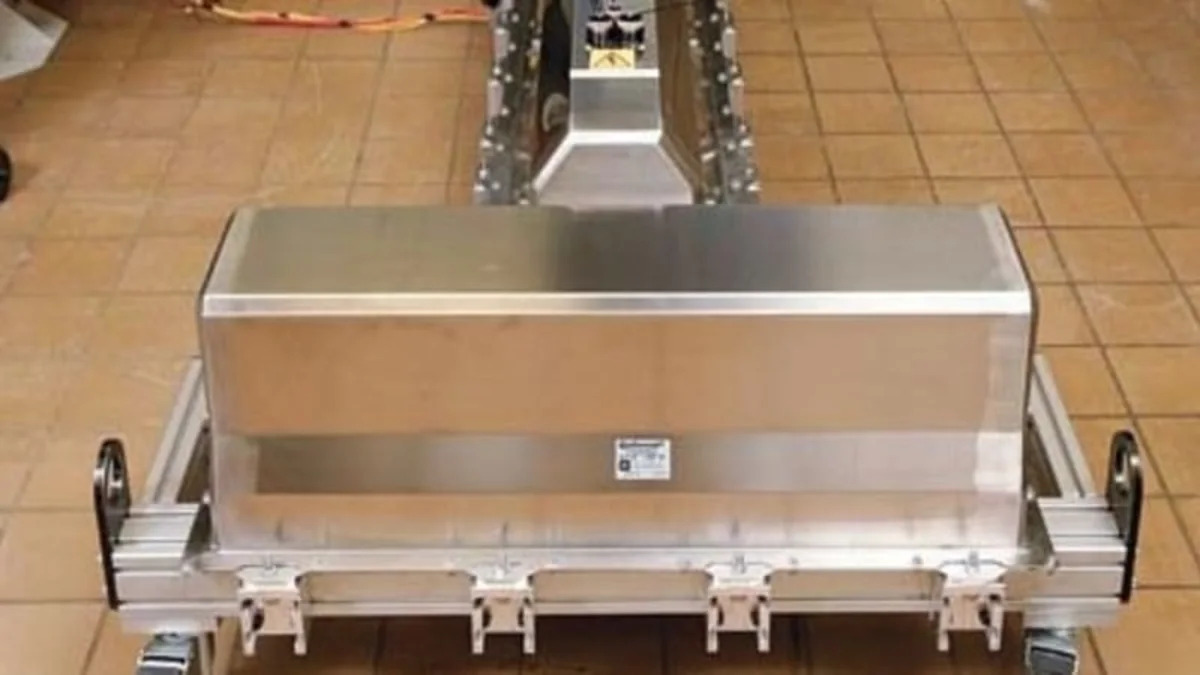Upstart lithium battery maker A123 is a lesson in how fast things can move in the battery space. The MIT Technology Review has a story, An Electrifying Startup, in its May/June issue recounting the tale.
Founded in late 2001, small amounts of funding lead to technological breakthroughs by mid-2002. By 2003 Black & Decker was interested in powering its new line of cordless power tools with A123's new lithium cocktail, and product was rolling off assembly lines in Asia by 2005.
Cut to the burgeoning success of hybrid cars, dependent on batteries to utilize the great efficiencies of electric drive technologies to raise the fuel economy of gasoline-powered cars. NiMH batteries are already raising mpg by 30-50 percent, and had propelled all-electric cars 100 to 140 miles per charge. The greater energy of lithium could promise even higher mpg for hybrids and longer range for EVs with much less weight, the battery bugaboo.
GM finally began to face the reality of hybrids' market success just as the company was being battered in the press by the true story of EV1 emerging via the documentary Who Killed the Electric Car? GM could have been years ahead of the competition with electric cars powered by its own NiMH venture, just as Toyota carved out its preeminence with hybrids. But, having sold off its 50 percent stake in NiMH to Texaco when it killed off its own electric car, by the time they got serious and announced the Volt, they had to look elsewhere. Into the picture stepped A123 (and other lithium battery makers like LG Chem/Compact Power Inc.). GM may or may not be the first major auto maker with lithium powered cars, but the evidence is in that it is batteries, not fuel cells, that will bring cars with zero emission capability to market in the near term.
[Source: MIT Technology Review]
Founded in late 2001, small amounts of funding lead to technological breakthroughs by mid-2002. By 2003 Black & Decker was interested in powering its new line of cordless power tools with A123's new lithium cocktail, and product was rolling off assembly lines in Asia by 2005.
Cut to the burgeoning success of hybrid cars, dependent on batteries to utilize the great efficiencies of electric drive technologies to raise the fuel economy of gasoline-powered cars. NiMH batteries are already raising mpg by 30-50 percent, and had propelled all-electric cars 100 to 140 miles per charge. The greater energy of lithium could promise even higher mpg for hybrids and longer range for EVs with much less weight, the battery bugaboo.
GM finally began to face the reality of hybrids' market success just as the company was being battered in the press by the true story of EV1 emerging via the documentary Who Killed the Electric Car? GM could have been years ahead of the competition with electric cars powered by its own NiMH venture, just as Toyota carved out its preeminence with hybrids. But, having sold off its 50 percent stake in NiMH to Texaco when it killed off its own electric car, by the time they got serious and announced the Volt, they had to look elsewhere. Into the picture stepped A123 (and other lithium battery makers like LG Chem/Compact Power Inc.). GM may or may not be the first major auto maker with lithium powered cars, but the evidence is in that it is batteries, not fuel cells, that will bring cars with zero emission capability to market in the near term.
[Source: MIT Technology Review]


Sign in to post
Please sign in to leave a comment.
Continue